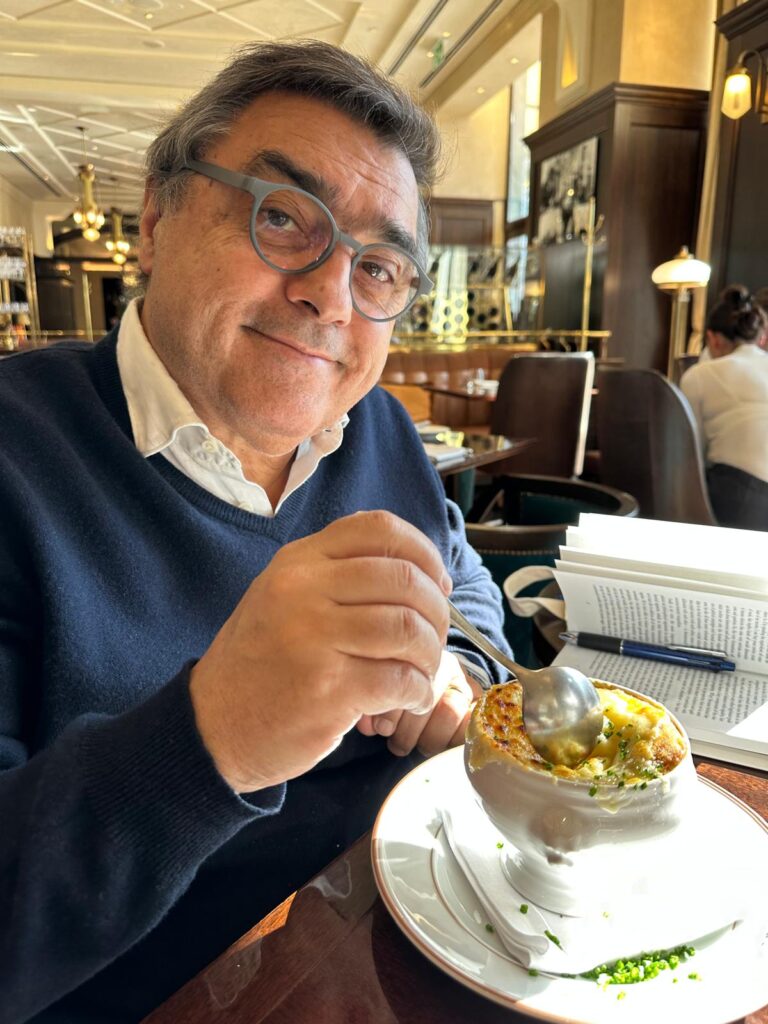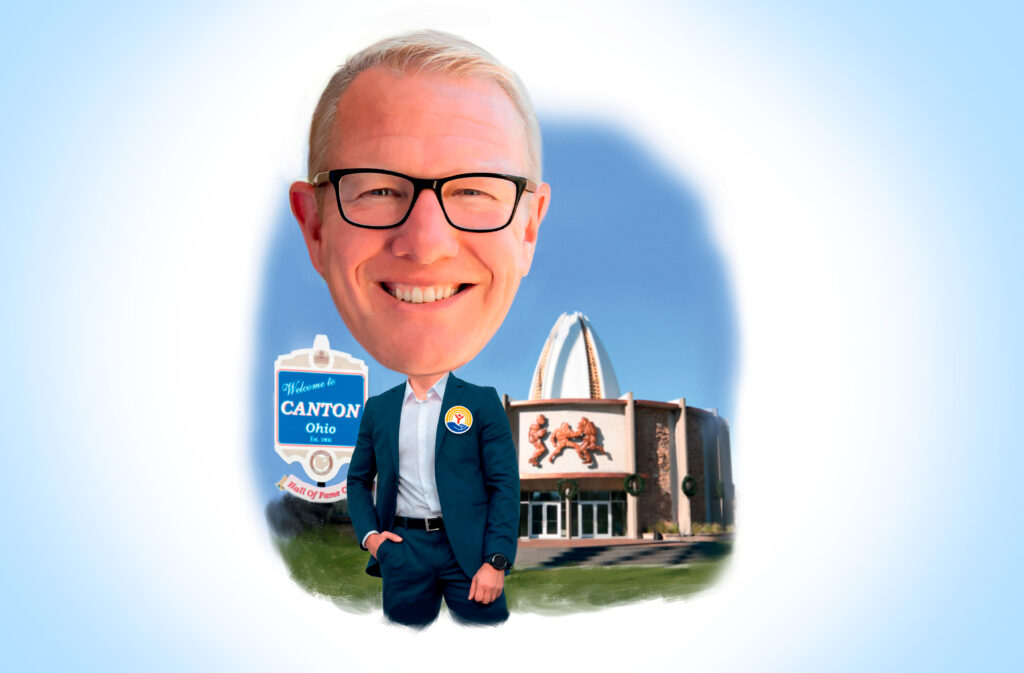

Hitchcock.
That is the most succinct first paragraph I have ever written—one word, a single name that possesses so much meaning. Hitchcock conjures an image, a brand, a distinctive physique, an outsized personality, a grand achievement in the cinematic arts, and an indisputable impact on 20th-century American intellectual life.
The Twelve Lives of Alfred Hitchcock
By Edward White
W.W. Norton & Company
$18.95
It is this richness and complexity that Edward White explores in The Twelve Lives of Alfred Hitchcock. White is no stranger to plumbing complex and controversial intellectuals. His previous work includes the biography Carl Van Vechten and the Birth of Modern America.
The Twelve Lives of Alfred Hitchcock is structured so that we are guided into an exploration of Alfred Hitchcock through 12 distinct vistas. Chapter headings include The Murderer, The Womanizer, The Family Man, and The Pioneer. Much like the ingredients of a soufflé—egg yolks, all-purpose flour, and cream of tartar—each alone is relatively tasteless, without form, and so too would be a singular approach to the masterful Hitchcock. With White’s extensive knowledge of his subject and the filmmaker’s cinematic history, each analysis informs the other, building to an insightful and fresh look at Hitchcock the personality and the 20th-century intellectual.
White sets the stage early for us in underscoring Hitchcock’s importance. “But the significance of Hitchcock stretches far beyond cinema. In many senses, Hitchcock was the emblematic artist of the twentieth century—not necessarily the most talented or the most accomplished, but one of vast influence, whose life and genre-straddling, multimedia work vividly illuminates key themes of Western culture from the Roaring Twenties to the Swinging Sixties.”
Obviously, none of this high-mindedness ever occurred to me as a young boy in rural Pennsylvania who never missed an episode of “Alfred Hitchcock Presents” on television during the 1960s. I was transfixed by the funny fat man in a gray suit introducing each episode, teasing the story about to be told. Hitchcock’s accent and slow pronunciation of each word was unusual—at the same time wry and portending suspense of what was about to unfold on the screen.

This was the same man who presented us with a violent shower stabbing in Psycho, Cary Grant scrambling across presidential facades chiseled in Mount Rushmore while chased by a gunman in North by Northwest, and a screaming Tippi Hedren, under attack by angry, dense, dark flocks of furiously flapping avian wings in The Birds.
This was the magic of Hitchcock: he appealed to us on varying levels and for differing reasons. “There is his buoyant ambition, his vivid visual imagination, his interest in telling stories with as few words as possible…in telling the anecdote Hitchcock was depicting himself as he was wont to do: an outsider who navigated obstacles with talent, zeal, and cunning,” notes White.
As a middle-aged adult, I read Donald Spoto’s biography of Hitchcock, which also included commentary and criticism on the creative process for many of his movies. While reading about the production of each film, I rented (at that time I was still renting VHS tapes from Blockbuster) and closely watched the movies with the insight of Spoto/Hitchcock. Strangers on a Train, North by Northwest, Frenzy and Hitchcock’s final film, Family Plot, became richer, multidimensional experiences for me. So too is it now after reading White’s memoir/biography/analysis.
For White, “Rear Window is Hitchcock’s definitive film. It draws together various strands of the Hitchcock touch: ingenious production design; perfect casting; a taut, sparkling script; thrilling entertainment interwoven with dark, unsettling themes; beautifully judged use of colors and clothing.”
The foundation under Hitchcock’s public life was a warm and loving family. He had a nearly perfect decades-long marriage to Alma. She was his collaborator, mother to their daughter Patricia, gourmet chef, and hostess to lavish and storied repasts at their home. “It would be difficult to overstate the importance of home in Hitchcock’s life and work, and above all, the person responsible for that was Alma,” underscores White.
Often, when the curtain is drawn back, we find that the artist is deeply conflicted and flawed. However, our response to any film of Alfred Hitchcock may tell us more about ourselves than we learn about him. The introspection and emotion that is bared from within, the appeal to each of us on varying levels and at varying life stages as we react to and contemplate a great artist, may be the true impact of a creative genius.
Hitchcock.




